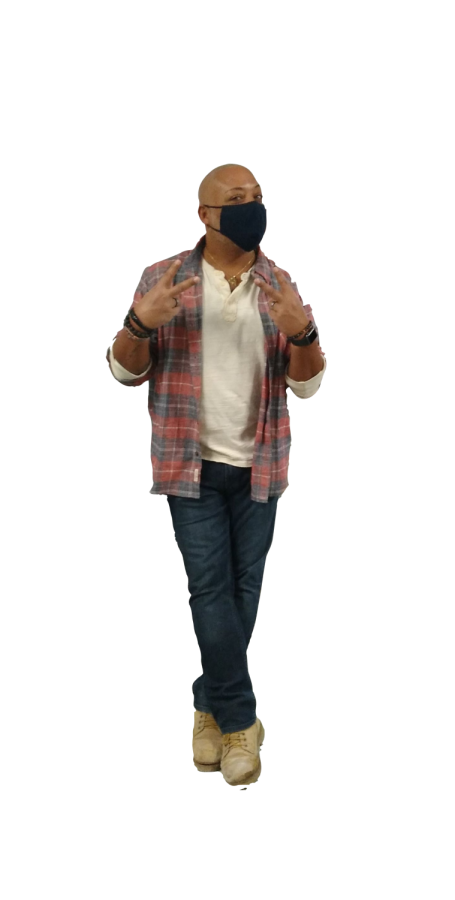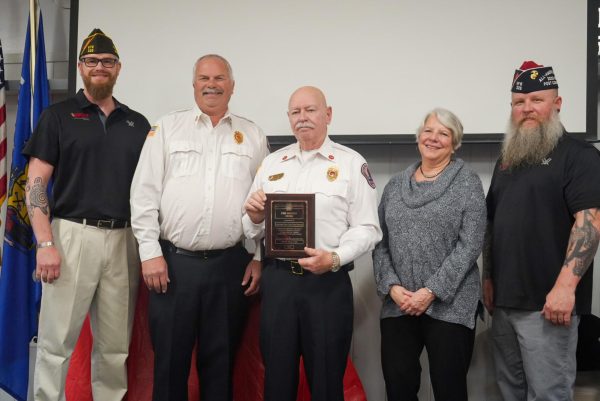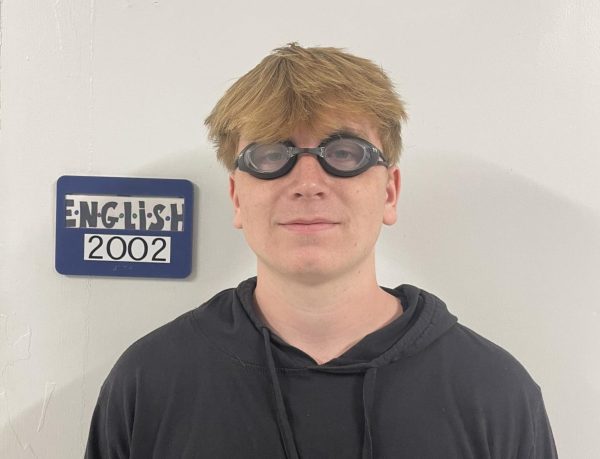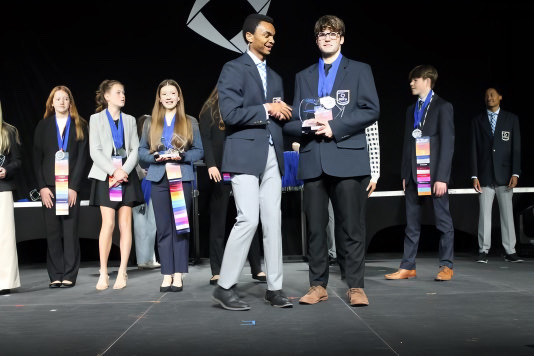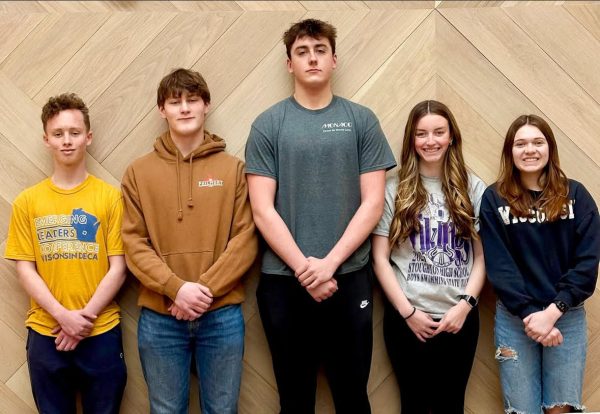Voices of America
Joshua Thomas and Nathan Nelson join forces to begin planning for a new multicultural class at SHS next semester
 “[It’s called] Voices of America, an in-depth exploration into the cultural diversity of America through the recordings of history and works of literature,” SHS English teacher, Joshua Thomas says.
“[It’s called] Voices of America, an in-depth exploration into the cultural diversity of America through the recordings of history and works of literature,” SHS English teacher, Joshua Thomas says.
Thomas and history teacher Nathan Nelson have joined forces to introduce a new class at Stoughton High School next year in hopes of opening minds and changing perspectives around the racial history in America.
“We would like to show the value of what it truly means to be an American. [America] is comprised of so many different people from so many different walks of life. We really want this class to address all of the different cultures – be that racial, gender, sexuality, etc. – we want all of that covered, and we want to highlight and accentuate the lives of all these people that make us what we are,” Thomas says. “It is an unbiased, unapologetic, honest representation of how things have been communicated and portrayed throughout the course of our history.”
Nelson and Thomas explain that the idea for this new class arose in their teacher equity circle during a professional development day. After going through the process of pitching their idea to the stand-in superintendent, Kate Ahlgren, SHS welcomed their new class idea almost immediately.
“We’re specifically looking at forms of racism, how to address that and how to make more equitable classes. […] We are looking at the contributions of diverse people in the United States and how they have been brought together with Americans today. In history, a lot of time we kind of focus on the bad stuff – this happened to this group, this happened to this group – [but] what we don’t do a good job with is what did these people contribute?” Nelson says. “Just because a group is marginalized doesn’t mean they are marginal.”
Thomas explains the format of the class in addition to Nelson’s comment.
“We have the general format of what we would like to discuss and cover in [this] class. We’re going to go from the early origins of African American history to Native American history, Asian history all within the United States and [we’ll show] how they have come to be where our current state of affairs are,” Thomas says.
As for planning their class, the two teachers have only met a few times to discuss it, though they plan to meet several more times this coming summer to finalize their curriculum plan and timeline. They mention that this new class would be an elective course available for juniors and seniors next year and years to come. It counts as a social studies or an English credit–whatever the students choose it to be. They also show their excitement for the class structure next year.
“It’s going to be a unique thing because [Nelson] and I are going to be working and presenting together in the same room. [..] We’re looking at between 40 to 60 kids in a room, so it’s going to be a very interactive discussion-based format that we’re going to use as well because we really want people to begin to converse and discuss these various things that are going on,” Thomas says.
Though both teachers have their hands full with their current classes, they are excited to begin this project, expressing their desire to start something new.
“It’s exciting to have a new class with even more work. It’s going to be rejuvenating,” Nelson says.
Both of them understand the workload they are volunteering to take on and both of them are inspired and ready to get into it.
“It’s definitely going to be manageable. It’s easier to really get motivated and inspired by content that you truly are passionate about. With me being an advocate for social justice and that being a big part of who I am and what I do, this is a natural fit,” Thomas says.
Though the combination of English and history may be a little unconventional, Thomas and Nelson reassure that these two subjects essentially bounce off of each other when diving into the history and literary history of cultural diversity and racial inequity in America.
Both teachers show that they share this passion to teach students the skills they need to branch out from their current environment.
“[Students] want real discussions. You guys are capable of having real discussions. […] There’s a lot of depth that you guys have. There’s a lot of intricate thinking that you guys do. We shouldn’t minimize it. We shouldn’t put a cap on you, saying ‘well, they can’t handle this type of conversation. They can’t handle this kind of discussion’,” Thomas says. “The minute we limit you guys, the minute your learning ceases.”
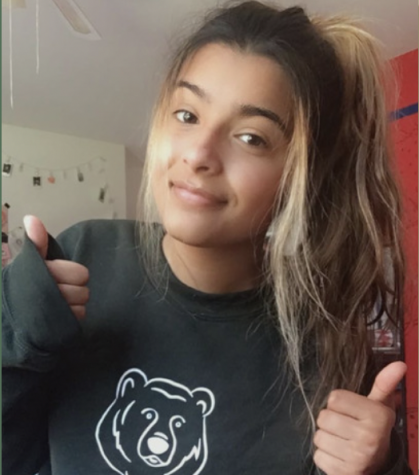
Senior Emma Phillips is the Norse Stars Arts and Entertainment Editor and Head Artist. Emma enjoys the dynamic the staff has with one another.
Outside...


